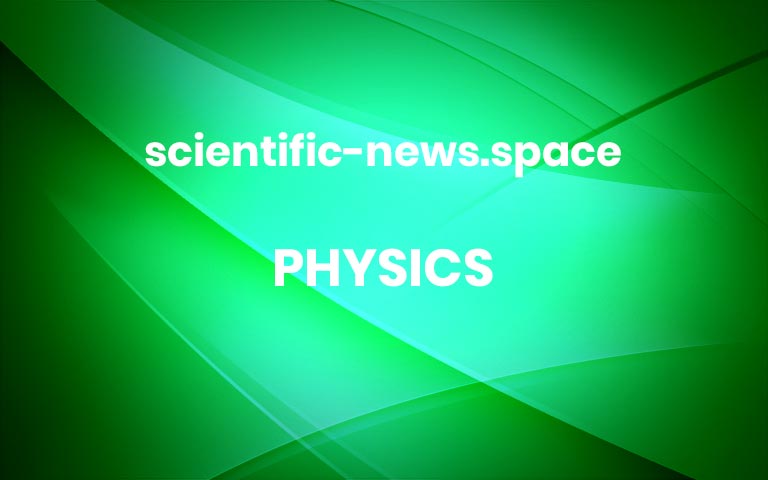Caught in a fatal inward spiral, a neutron star met its end when a black hole swallowed it whole. Gravitational ripples from that collision spread outward through the cosmos, eventually reaching Earth. The detection of those waves marks the first reported sighting of a black hole engulfing the dense remnant of dead star. And in a surprise twist, scientists spotted a second such merger just days after the first.
Until now, all identified sources of gravitational waves were twos of a kind: either two black holes or two neutron stars, spiraling around one another before colliding and coalescing (SN: 1/21/21). The violent cosmic collisions create waves that stretch and squeeze the fabric of spacetime, undulations that can be sussed out by sensitive detectors.
The mismatched pairing of a black hole and neutron star was the final type of merger that scientists expected to find with current gravitational wave observatories. By pure coincidence, researchers spotted two of these events within 10 days of one another, the LIGO, Virgo and KAGRA collaborations report in the July 1 Astrophysical Journal Letters.
Not only have unions between black holes and neutron stars not been seen before via gravitational waves, the smashups have also never been spotted at all by any other means.
Sign Up For the Latest from Science News
Headlines and summaries of the latest Science News articles, delivered to your inbox
“This is an absolute first look,” says theoretical physicist Susan Scott of the Australian National University in Canberra, a member of the LIGO collaboration.
The result adds another tick mark to the tally of new discoveries made with gravitational waves. “That’s worth celebration,” says astrophysicist Cole Miller of the University of Maryland in College Park, who was not involved with the research. Since the first gravitational waves were detected in 2015, the observatories keep revealing new secrets. “It’s fantastic new things; it’s not just the same old, same old,” he says.
Signs of the black hole-neutron star collisions registered in the LIGO and Virgo gravitational wave observatories in 2020, on January 5 and January 15. The first merger consisted of a black hole about 8.9 times the mass of the sun and a neutron star about 1.9 times the sun’s mass. The second merger had a 5.7 solar mass black hole and a 1.5 solar mass neutron star. Both collisions occurred more than 900 million light-years from Earth, the scientists estimate.
To form detectable gravitational waves, the objects that coalesce must be extremely dense, with identities that can be pinned down by their masses. Anything with a mass above five solar masses could only be a black hole, scientists think. Anything less than about three solar masses must be a neutron star.
One earlier gravitational wave detection involved a black hole merging with an object that couldn’t be identified, as its mass seemed to fall in between the cutoffs that separate black holes and neutron stars (SN: 6/23/20). Another previous merger may have resulted from a black hole melding with a neutron star, but the signal from that event wasn’t strong enough for scientists to be certain that the detection was the real deal. The two new detections clinch the case for black hole and neutron star meetups.
One of the new events is more convincing than the other. The Jan. 5 merger was seen in just one of LIGO’s two gravitational wave detectors, and the signal has a relatively high probability of being a false alarm, Miller says. “If this were the only event, then you would not be as confident.” The Jan. 15 event, however, “seems pretty solid,” he says.
Epic rendezvous between neutron stars and black holes happen regularly throughout the cosmos, the detections suggest. Based on the pace of detections, the researchers estimate that these events take place about once a month within 1 billion light-years of Earth.
[embedded content]
In a newly reported class of cosmic smashup, a neutron star (apparent in orange in this computer simulation, after the video zooms in) and black hole (dark gray) spiral inward, producing gravitational waves (blue) in a dance that ends when the black hole swallows the neutron star.
Scientists don’t yet know how neutron stars and black holes come to meet up. They might form together, as two stars that orbit one another until both run out of fuel and die, with one collapsing into a black hole and the other forming a neutron star. Or the two objects might have formed separately and met up in a crowded region packed with many neutron stars and black holes.
As a black hole and neutron star spiral inward and merge, scientists expect that the black hole could rip the neutron star to shreds, producing a light show that could be observed with telescopes. But astronomers found no fireworks in the aftermath of the two newly reported encounters, nor any evidence that the black holes deformed the neutron stars.
That could be because in both cases the black hole was significantly larger than the neutron star, suggesting that the black hole gulped down the neutron star whole in a meal worthy of Pac-Man, Scott says.
If scientists could spot a black hole shredding a neutron star in the future, that could help researchers pin down the properties of the ultradense, neutron-rich material that makes up the dead stars (SN: 4/20/21).
In past detections of gravitational waves, the Advanced Laser Interferometer Gravitational-Wave Observatory, or LIGO, based in the United States, has teamed up with Virgo, in Italy. The new observations are the first to include members of a third observatory, KAGRA, in Japan (SN: 1/18/19). But the KAGRA detector itself didn’t contribute to the results, as scientists were still preparing it to detect gravitational waves at the time. LIGO, Virgo and KAGRA are all currently offline while scientists tinker with the detectors, and will resume their communal search for cosmic collisions in 2022. More



